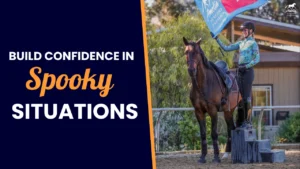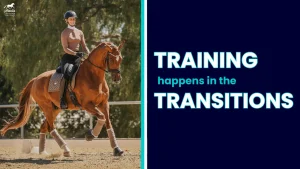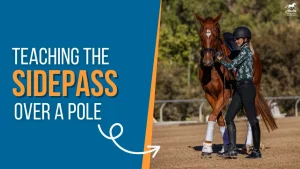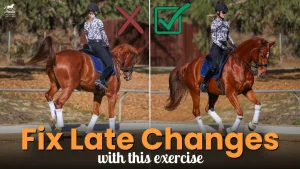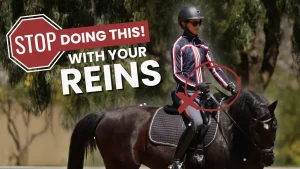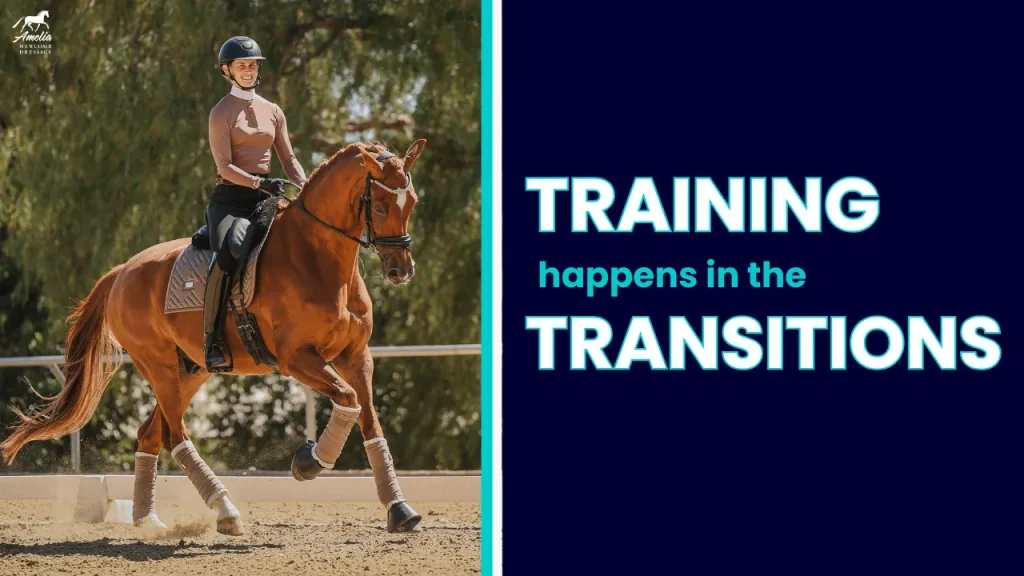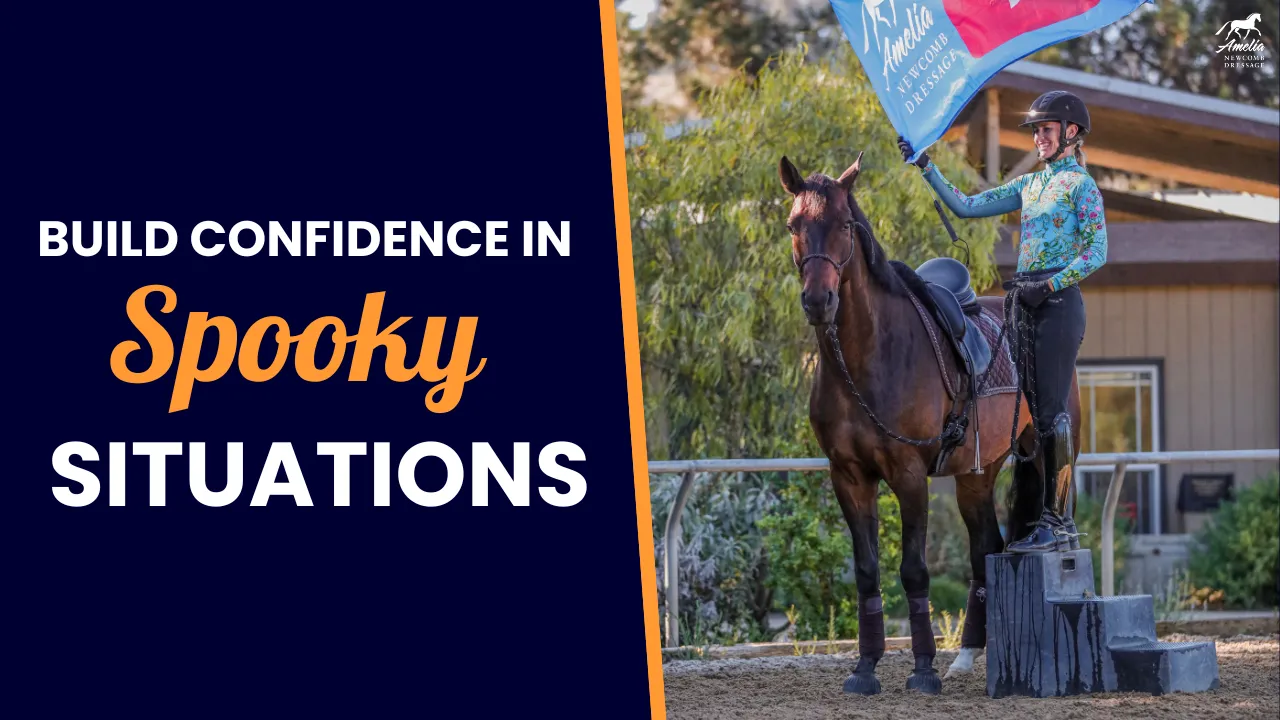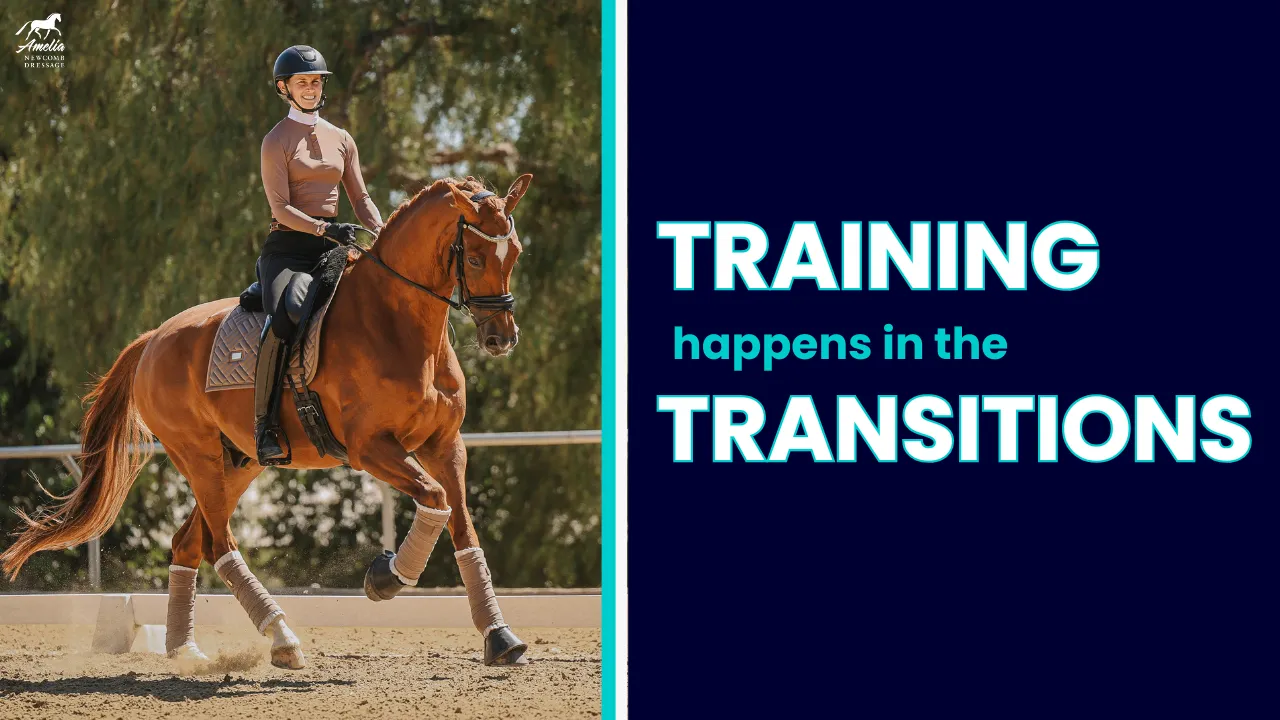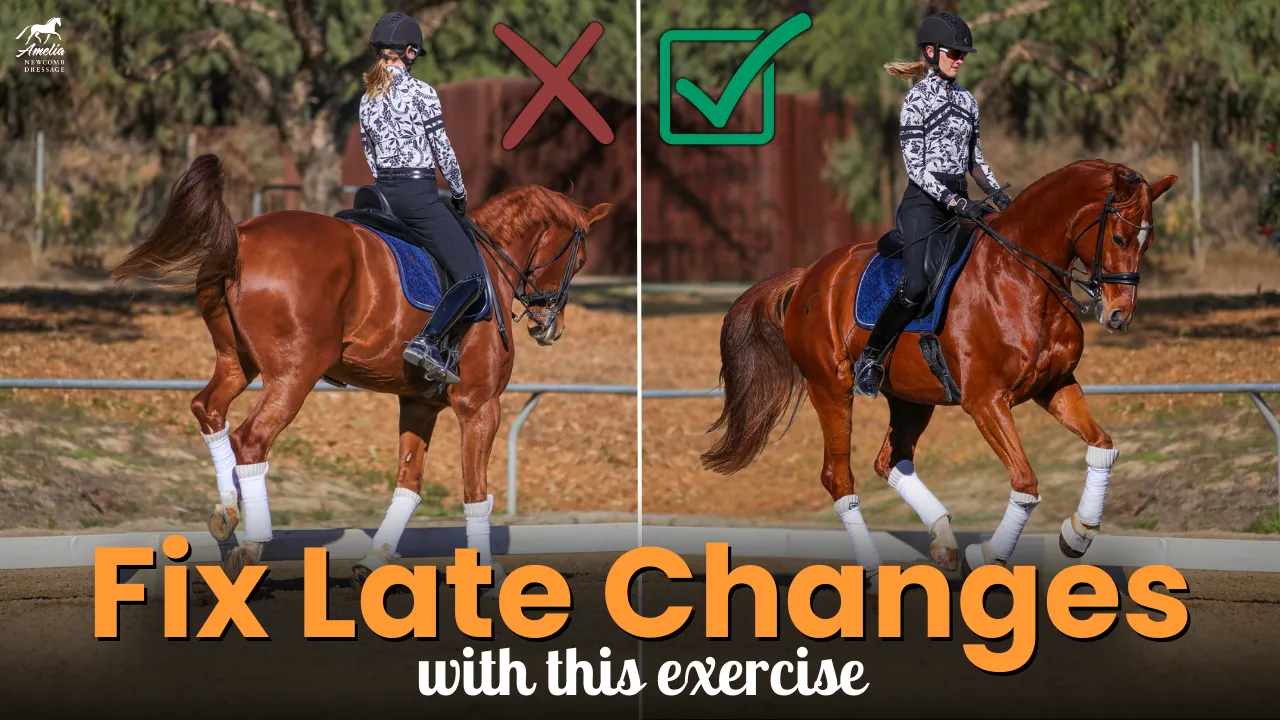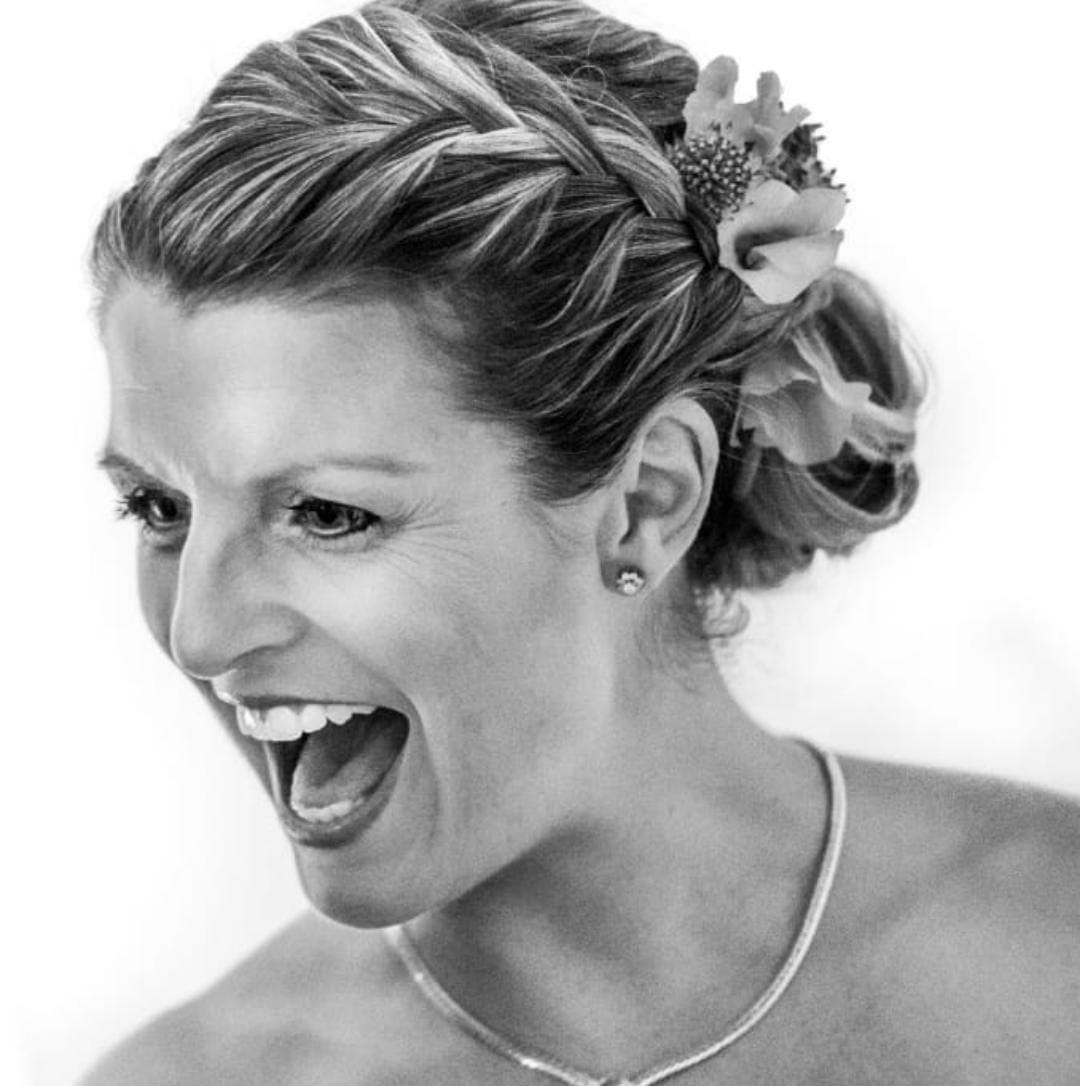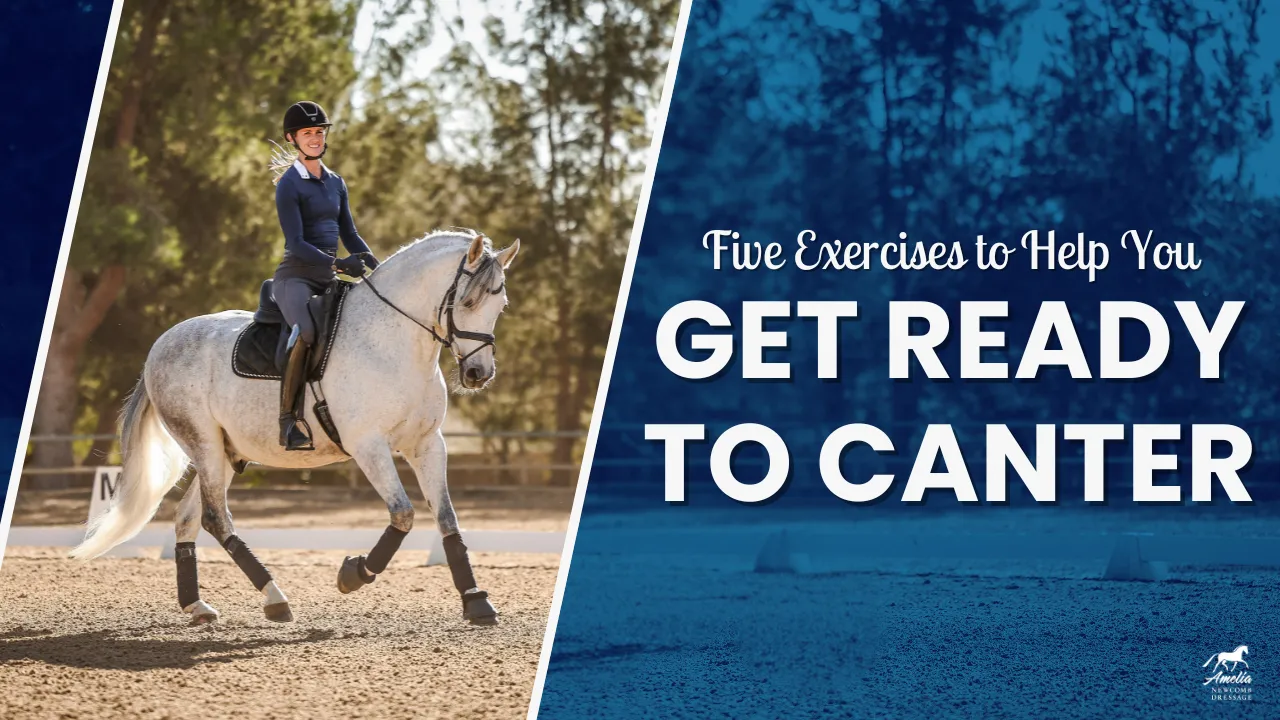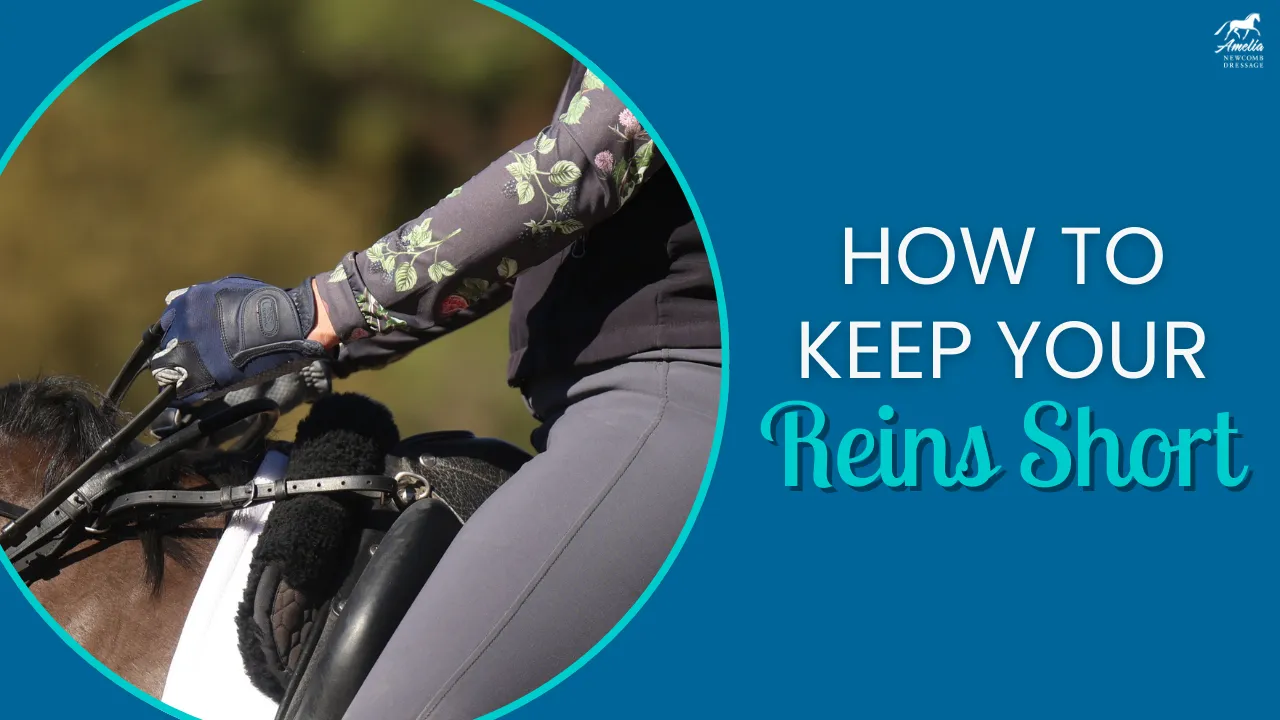Raise your hand if you love to canter! The canter is such a fun gait to ride, but it’s probably the trickiest gait to ride well. One common struggle riders often have is getting their horse to pick up the correct canter lead. If you are having trouble getting your horse to pick up the correct canter lead, then you’ll want to check out this week’s video.
Like us, horses are asymmetrical, and often they have a harder time picking up one canter lead versus the other. If your horse is having trouble picking up the correct canter lead, here are a few things to keep in mind:
· Where are you asking for the canter? – If your horse is having trouble picking up the correct lead or you’re just beginning to work on the canter with your horse, then the easiest place to ask for the canter is on a circle, bending line, just as you come towards the rail, or as you are turning back towards the barn. Asking on a straight line or the long side is the most difficult place to get the correct lead.
· Is your horse set up to pick up the correct lead? – Setting up your horse for the canter transition is key to helping them pick up the correct lead. When asking for the canter, our horses must be bent in the direction that you are riding. If they are counter-bent, then it is more likely that they will pick up the incorrect lead.
· Are you asking for the canter correctly? – After you’ve gotten your horse bending correctly, make sure that they are going forward, and feel balanced, then you can half-halt and ask for the canter. Remember, the aids for the canter are: inside leg on at the girth, outside leg slightly behind the girth, and slightly more weight on the inside seat bone.
Watch the video where I demonstrate the correct and incorrect canter leads and talk more about helping your horse learn to pick up the correct lead. Remember to reward your horse when they do pick up the correct lead, pet them, tell them “good job” and give them a walk break!
I hope these tips help you with your canter transitions!
Happy Riding!
Amelia
P.S. Want more help with your canter? Check out my FREE Canter PDF mini-course! There are tons of tips inside to help you improve your canter.

